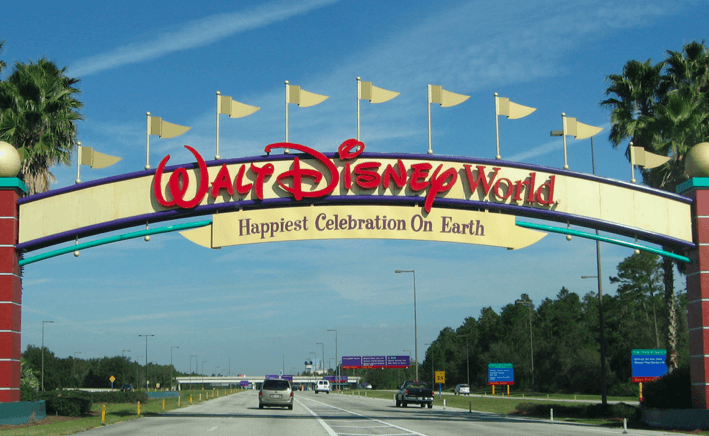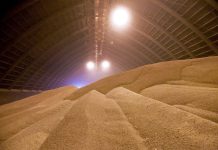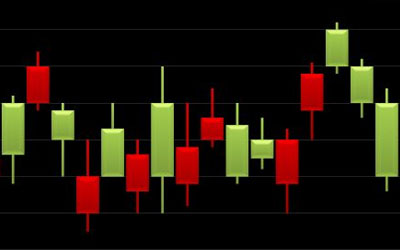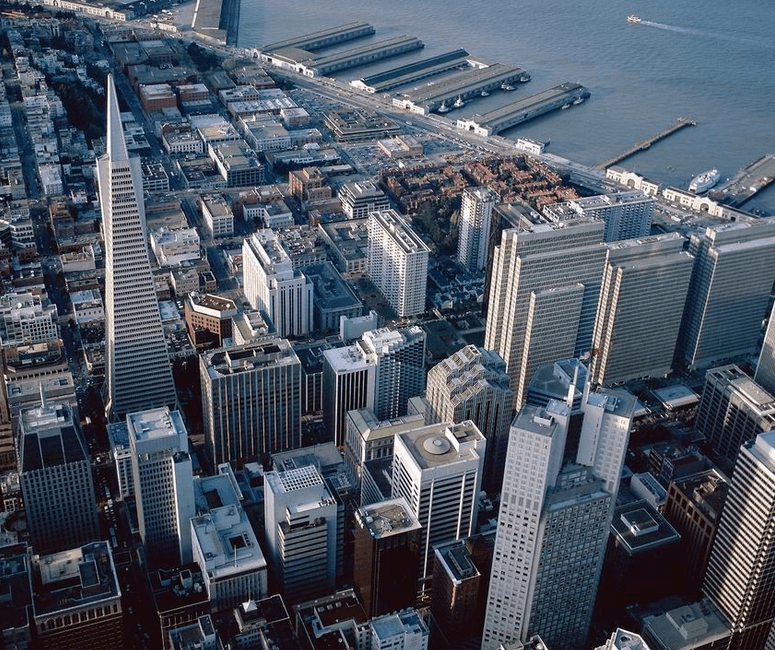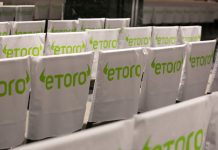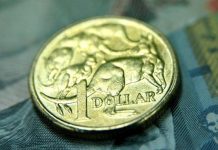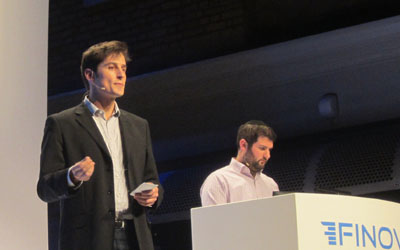Disney has raised prices once again for its California-based theme parks. Surprise! Disneyland’s lowest-tier pass, which contains several restrictions and blackout dates, was raised by $60. Want to visit both Disneyland and Florida-based Disneyworld whenever your heart desires? That price is up $300. The company also got rid of its no-blackout $779 pass and replaced it with a Disney Signature Plus pass for a cool $1,049.
Alright, alright. We get it, Disney. Your pricing power reigns supreme when it comes to your theme parks. You know you can raise prices at will because people are still going to come. And why wouldn’t you? You raised prices early in the 2014 season and still saw 3.5% and 3% increase in traffic at Disneyland and California Adventure, respectively.
Off-peak travellers unite
Before customers start rearing up to boycott the House of Mouse, however, there’s another piece of information Disney announced. The company is mulling the idea of switching to demand-based pricing for its day passes at its U.S.-based parks.
“We have to look at ways to spread out our attendance throughout the year so we can accommodate demand and avoid bursting at the seams,” said Walt Disney Parks and Resorts Chairman Bob Chapek in an interview with the Wall Street Journal.
It’s not a bad idea. Billed the “Happiest place on earth,” Disneyland can be a nightmare during peak days, where lines for even the most basic rides can snake on for one to two hours. It doesn’t help when a rides shut down for a few hours, leaving fewer rides for the same amount of people.
With the park’s recent announcement to begin expanding to create a Star Wars-themed attraction, it’s only going to get busier. “It’s a problem that is going to grow over time as we expand the size of our parks,” said Chapek. Next year, Disney breaks ground in Orlando and Anaheim on new “Star Wars”-themed areas.
Disney will begin surveying previous Disneyland visitors to gauge interest in a demand-based pricing structure.
Why it’s genius
The simple laws of economics make Disney’s idea a home run. With more options and a cheaper ticket during off-peak times, it’s likely to keep the park fuller than it usually is. However, during the peak seasons, Disney should be able to price tickets high enough to keep the park from “bursting at the seams,” as Chapek put it.
Across the full spectrum, Disney will see more people visit the park and it will likely be able to smooth the revenue from off-peak and peak pricing to increase it overall over what it currently brings in.
It’s not just a win for Disney, though. It’s also a win for customers. For those who don’t go to Disneyland because a $105 is too pricey, they can get a much better deal if they manage to make it during the slow season. For those who are willing to pay more to attend the park around a holiday or on weekends, the park will be a little less full, giving them a richer experience.
While it remains to be seen what the results of the survey will be, this idea is a winner and it would be a shame if it didn’t come to fruition.
Tradersdna is a leading digital and social media platform for traders and investors. Tradersdna offers premiere resources for trading and investing education, digital resources for personal finance, market analysis and free trading guides. More about TradersDNA Features: What Does It Take to Become an Aggressive Trader? | Everything You Need to Know About White Label Trading Software | Advantages of Automated Forex Trading


























